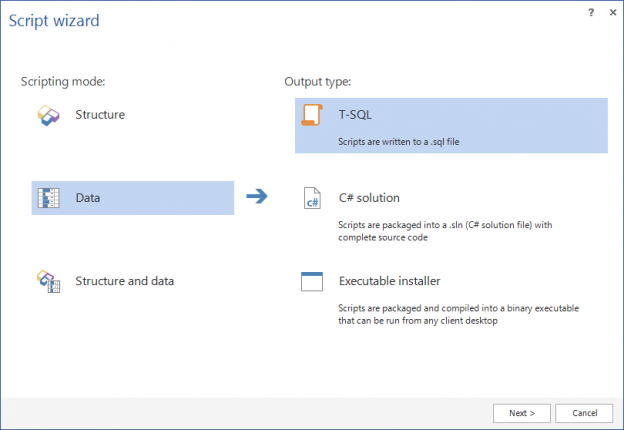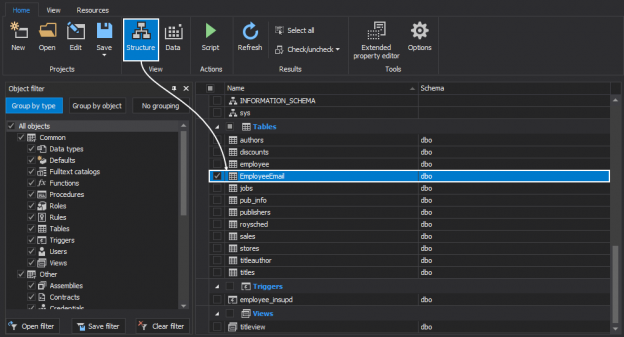Imagine a scenario where there is a need to get a database into source control quickly and easily, including all schema objects and data from certain code tables that won’t change aka Static data. Then, once a database is ported successfully to source control, to be able to update the repository nightly with any and all changed objects. In this way, a database will be fully and automatically source-controlled, without having to worry about direct integration, check-ins, check-outs, etc., essentially providing much of the “gain” of database source control integration, with little of the “pain”. This article will describe how to build this “poor man’s” SQL database source control integration system using a 3rd party tool, ApexSQL Script.
March 28, 2016












